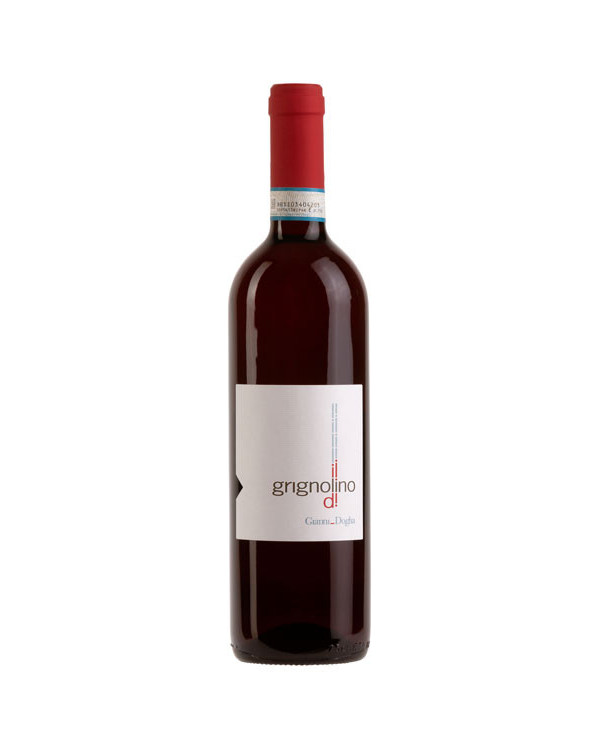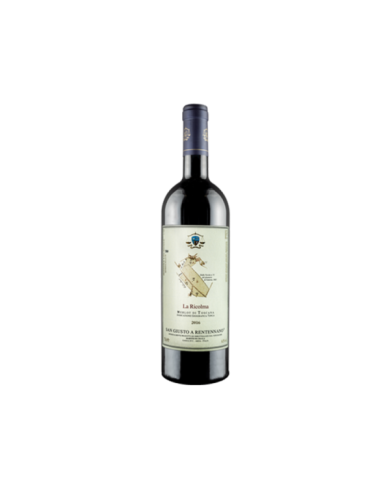Grignolino d'Asti Denomination
Piedmont is an Italian region renowned for its culinary culture and the production of fine wines. The Grignolino d'Asti Denomination is one of its lesser-known but equally precious wine gems. This wine region offers wines that capture the unique character and terroir of Piedmont. In this article, we will explore the Grignolino d'Asti Denomination, from its history to the characteristics of its distinctive wines.
The History of Grignolino d'Asti
The history of the Grignolino d'Asti Denomination is deeply rooted in Piedmont, a region with a long winemaking tradition. The name "Grignolino" derives from the indigenous grape variety used in the production of these wines. The vineyards stretch across the hills of Asti, where the continental climate and limestone soils favor the cultivation of Grignolino grapes.
Origins
The origins of the Grignolino d'Asti Denomination date back centuries when Benedictine monks cultivated these vineyards for the production of sacramental wines. Over the decades, local producers perfected their winemaking techniques, preserving tradition and terroir.
Wine Characteristics
Wines produced in the Grignolino d'Asti Denomination are known for their unique vinous characteristics that set them apart among Piedmontese wines. Here are some of the main characteristics of Grignolino d'Asti wines:
Grignolino, the Main Grape Variety
Grignolino is the predominant grape variety used in the production of Grignolino d'Asti wines. This grape imparts a unique flavor profile to the wines, with notes of strawberry, cherry, spices, and a slight acidity. It is appreciated for its aromatic complexity.
Piedmont Terroir
The Piedmont terroir, with its hills, continental climate, and limestone soils, significantly contributes to the quality of the wines. Grignolino grapes benefit from the wide temperature fluctuations between day and night, creating wines with great structure and complexity.
Wine Production
The production of Grignolino d'Asti wines is a craftsmanship process that respects local tradition. Grapes are handpicked during the harvest and then undergo traditional fermentation. The aging period in stainless steel or wooden barrels further develops the character of the wines.
Gastronomic Pairings
Grignolino d'Asti wines pair well with Piedmontese and Italian cuisine. They are ideal for pairing with meat-based dishes, such as lamb, sausage, risottos, and aged cheeses. Their lively acidity makes them perfect for contrasting intense flavors.
The Grignolino d'Asti Denomination is one of the hidden gems of Piedmontese winemaking tradition. Its millenary history, wine characteristics, and the beauty of the Asti hills make it a must-visit wine destination for wine lovers. Savoring a glass of Grignolino d'Asti is like immersing oneself in the rich wine culture of Piedmont.
Frequently Asked Questions
What is the history of the Grignolino d'Asti Denomination? The history of Grignolino d'Asti dates back centuries, with roots in vineyards cultivated by Benedictine monks.
What are the main characteristics of Grignolino d'Asti wines? Grignolino d'Asti wines are known for using the Grignolino grape, which imparts notes of strawberry, cherry, spices, and slight acidity.
What are the ideal gastronomic pairings for Grignolino d'Asti wines? Grignolino d'Asti wines pair well with meat-based dishes, risottos, aged cheeses, and typical Piedmontese dishes.









